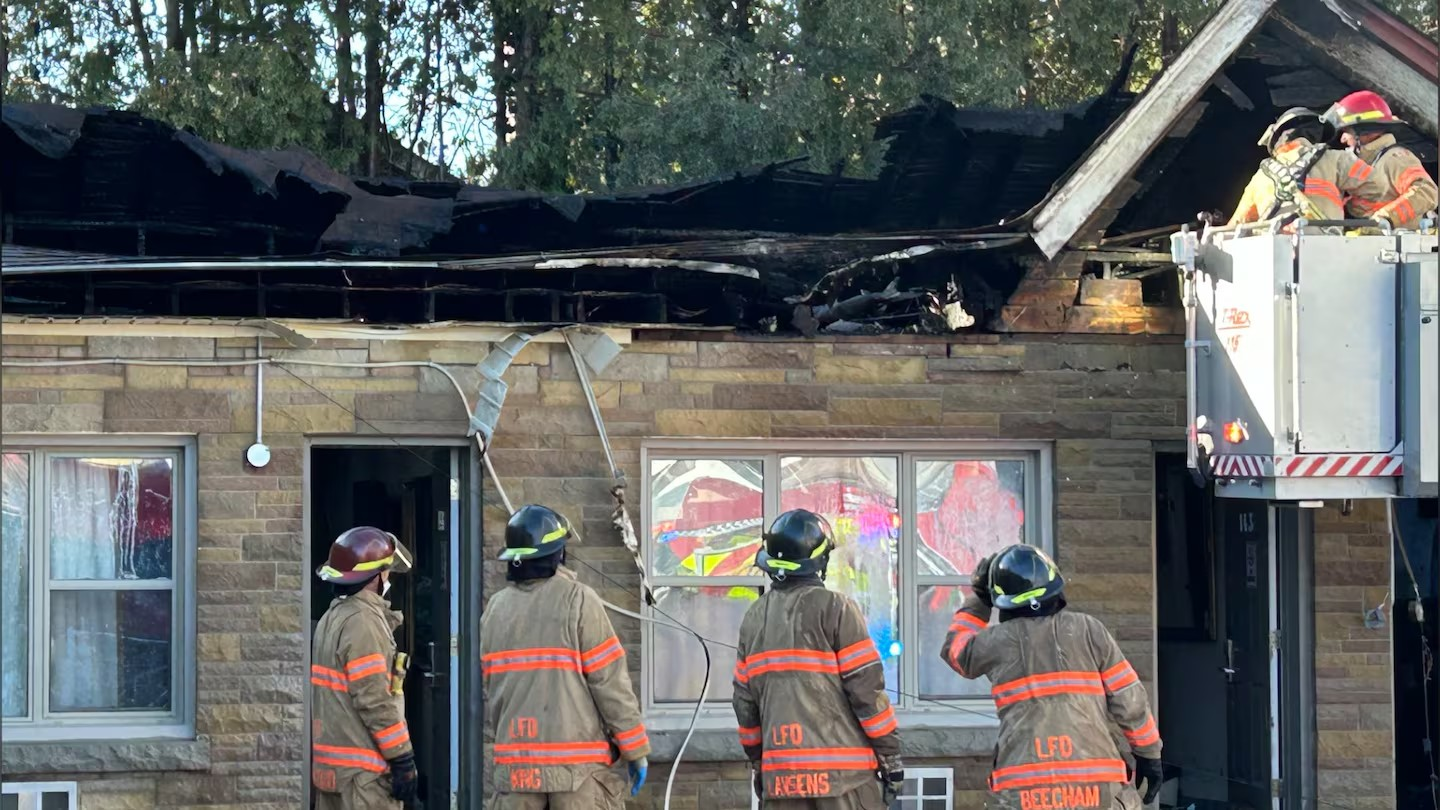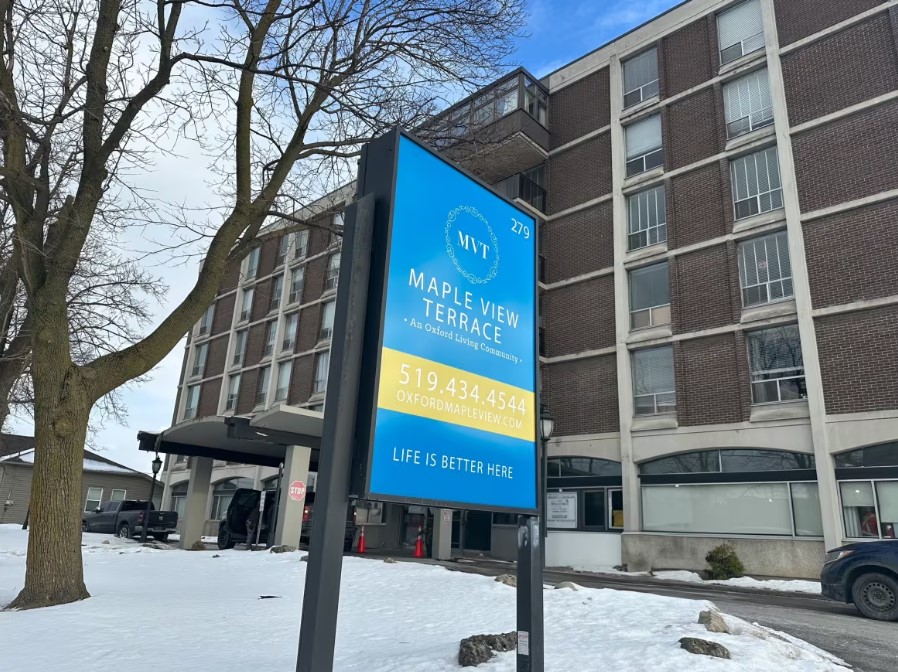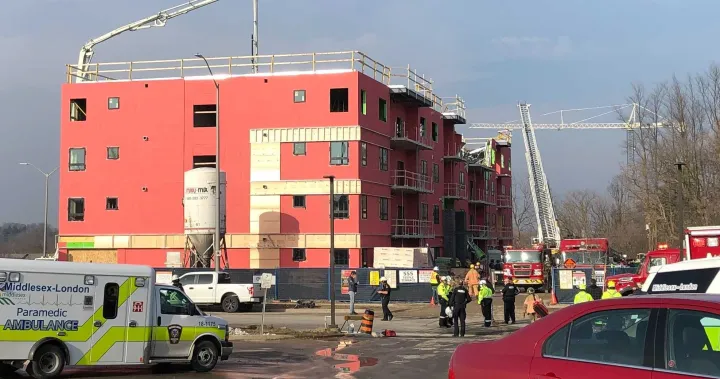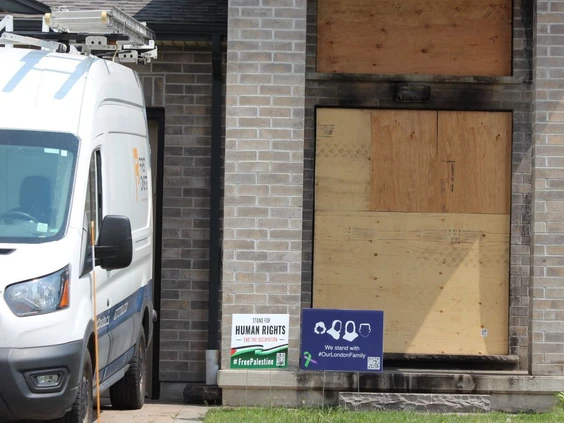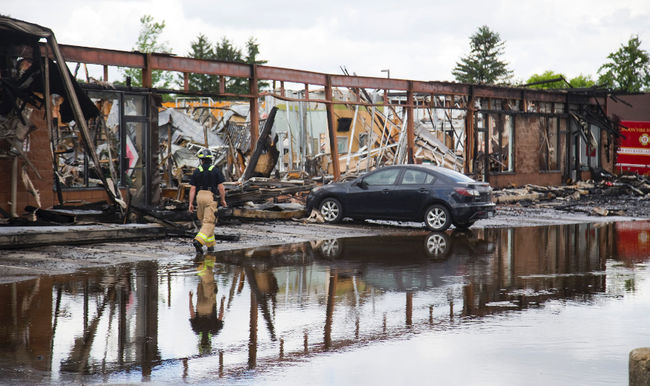
A strip mall in Hyde Park was devastated by fire on June 2016. It’s taken too long for the public to get significant details, says Larry Cornies. (Free Press file photo)
Seven minutes and 11 seconds.
That’s how much time elapsed between when the London fire department received the alarm about the fire on Hyde Park Road last June and when the first firefighters arrived on scene.
Getting water onto that fire took another six minutes and two seconds. Total time between the alarm and the water: 13 minutes and 13 seconds.
As for acquiring those simple, straightforward numbers?
That took 249 days.
In an era in which data is being used, more and more, to make critical decisions about community infrastructure and budget priorities — and at a time when the provincial government prides itself as being an “open government,” committed to becoming “more open, accountable and responsive to citizens” — that latter number is unacceptable.
But let’s back up eight and a half months.
The fire at 1700 Hyde Park Road last June 30 was one of the costliest in recent city history, with losses to the retail plaza alone pegged at $1.5 million. That’s not counting the losses that would be incurred by the dozen or so businesses located inside the building.
Because damages exceeded $500,000, the Ontario Fire Marshal’s office was called in immediately to investigate. OFM investigator John Benedetti arrived within hours and completed his work at the scene on July 2.
When spokesperson Jude Kelly was asked last August about response-time data on the fire, he stated that the Ontario Fire Marshal does not publicly release such information. London deputy fire Chief Dave Lazenby and London fire prevention officer Robert Barker declined to provide it, referring questions back to the Ontario Fire Marshal’s office.
The completed OFM report into the Hyde Park blaze received final internal approval on Sept. 9. In the face of repeated denials for response-time data, despite the fact that the report had been completed, I filed a freedom-of-information request on Nov. 4; the Ministry of Community Safety and Correctional Services acknowledged its receipt on Nov. 14.
On Dec. 5, London fire Chief John Kobarda issued a two-paragraph statement that the cause of the fire had been ruled as accidental, and that it was impossible to determine the exact cause.
The OFM report actually goes a little further. It points a finger of suspicion at a length of stainless-steel chimney pipe from a restaurant’s pizza oven, in use at the time, running through a false ceiling and then above the roof line. It “exhibited the greatest amount of heat damage, suggesting that a fire had propagated earliest inside the ceiling space. It is plausible that hot embers could have escaped from within the piping, resulting in ignition of nearby combustibles.” The report adds that this sequence of events is only a hypothesis and that, in any case, the cause was accidental.
On Dec. 14, the province’s Freedom of Information Office issued a notice that the FOI request would be delayed until Jan. 18 for additional consultations. On Feb. 27, with the final report nowhere in sight, I filed an appeal through the provincial Information and Privacy Commissioner’s Office.
The OFM report, minus several pages deemed to be protected by privacy legislation, finally arrived on March 6.
The London fire department’s stated goal, in keeping with an international standard, is a response time of four minutes. However, as Ward 10 Coun. Virginia Ridley points out, that clock begins when the first vehicle leaves the station, not when the alarm is received. To further complicate matters, a provincial public fire safety guideline also provides time frames for when a minimum of 10 firefighters must arrive on scene.
Both Ridley and Ward 3 Coun. Mohamed Salih, who chairs the council committee to which London fire officials report, confirm that the department’s response times, even to major incidents, are not shared with council. Salih, for one, says he would welcome more data, given that council is expected to make decisions about annual budget allocations, development charges and future fire services.
The London fire department’s response times to the Hyde Park blaze last June are important and interesting. So is the fact that the building code required no fire alarms to be present in that type of commercial structure.
But the bigger issue lies in why such basic information should be such a secret, kept from the media and the public, except through a protracted and tedious FOI process. This is basic data — not personal, proprietary or interpretive information — for which Ontario taxpayers foot the bill.
One of the most commonly quoted maxims from the business world comes to mind: “If you can’t measure it, you can’t manage it.”
The continued obfuscation of such basic fire response data across the province leaves Ontario’s citizens and policymakers partly blind, and should itself be alarming.
Larry Cornies is a London-based journalist. [email protected]
Source: Facts about fire shrouded by alarming delays | The London Free Press

